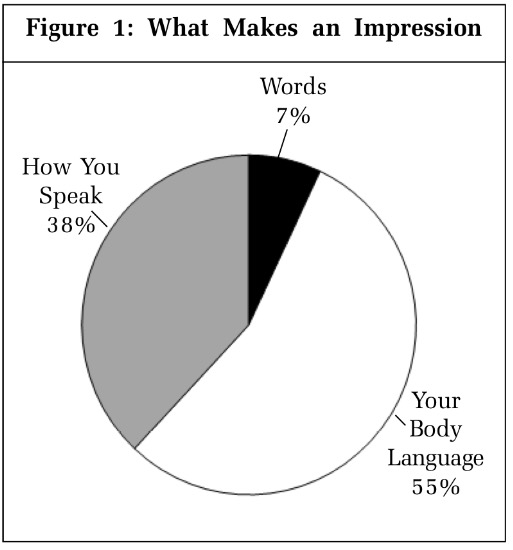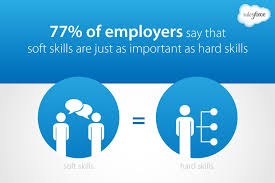Describe what exercising emotional intelligence means. (p. 224)
Emotional Intelligence is an important quality to have, and is argued to be a valuable skill employers look for. To exercise emotional intelligence is to have ‘a comprehensive understanding of their own emotions and an ability to rapidly assess the emotional state of other members of the team’ (Savel, R & Munro, C 2016, p. 105). Dwyer (2016, cited in Costigan 2016, p.2) asserts that emotional intelligence is having the social awareness and skills to work effectively in different contexts.

Figure 1: Best friends
Source: Holt (2014)
Goleman (2006, cited in Kossen 2013, p. 354) describes key characteristics of emotional intelligence are:
- Self-awareness– Your emotions and how it impacts others, being able to acknowledge your strengths and weaknesses (Costigan 2016).
- Self-regulation– The abiity to cope with change and deal with problems as they occur.
- Self-motivation– The ability to persevere, and be self-motivated in trying to achieve goals
- Empathy– Being able to understand and share the feelings of others (Costigan 2016).
To exercise emotion intelligence, therefore, is not merely to be aware, but emphatic, to relate, and to adapt. It is the ‘capacity for recognizing our own feelings and those of others, as well as the ability to effectively manage our feelings as we interact with others’ (Doe, Ndinguri & Phipps 2015, p. 105).
References:
Costigan, L 2016, Lesson 10: Understand Yourself and Others, course notes, COMM11003: Communication in Professional Contexts, CQUniversity e-courses, http://moodle.cqu.edu.au.
Doe, R, Endinguri, E, Phipps, S 2015, ‘Emotional Intelligence: The Link to Success and Failure of Leadership’, Academy of Educational Leadership Journal, vol. 19, issue 3, pp. 205-114.
Dwyer, J 2016, Communication for business and the professions: strategies and skills, 6th edn, Pearson Australia, Frenchs Forest, NSW.
Goleman, D 2011, ‘They’ve taken emotional intelligence too far’, Time, November 1, http://ideas.time.com/2011/11/01/theyve-taken-emotionalintelligence-too-far/ Neff, KD & Vonk, R 2009, ‘Self-compassion versus global self-esteem: two different ways of relating to oneself’, Journal of Personality, vol 77, no. 1, February, http://onlinelibrary.wiley.com/doi/10.1111/j.1467- 6494.2008.00537.x/full
Holt, C (2014), Best Friends, digital image, Pixabay, viewed 20 May, 2016, https://pixabay.com/en/best-friends-girls-friendship-381984/
Savel, R & Munro, C 2016, ‘Emotional Intelligence: For the Leader in us all’, American Journal of Critical Care, vol. 25, no. 2, pp. 104-106.



